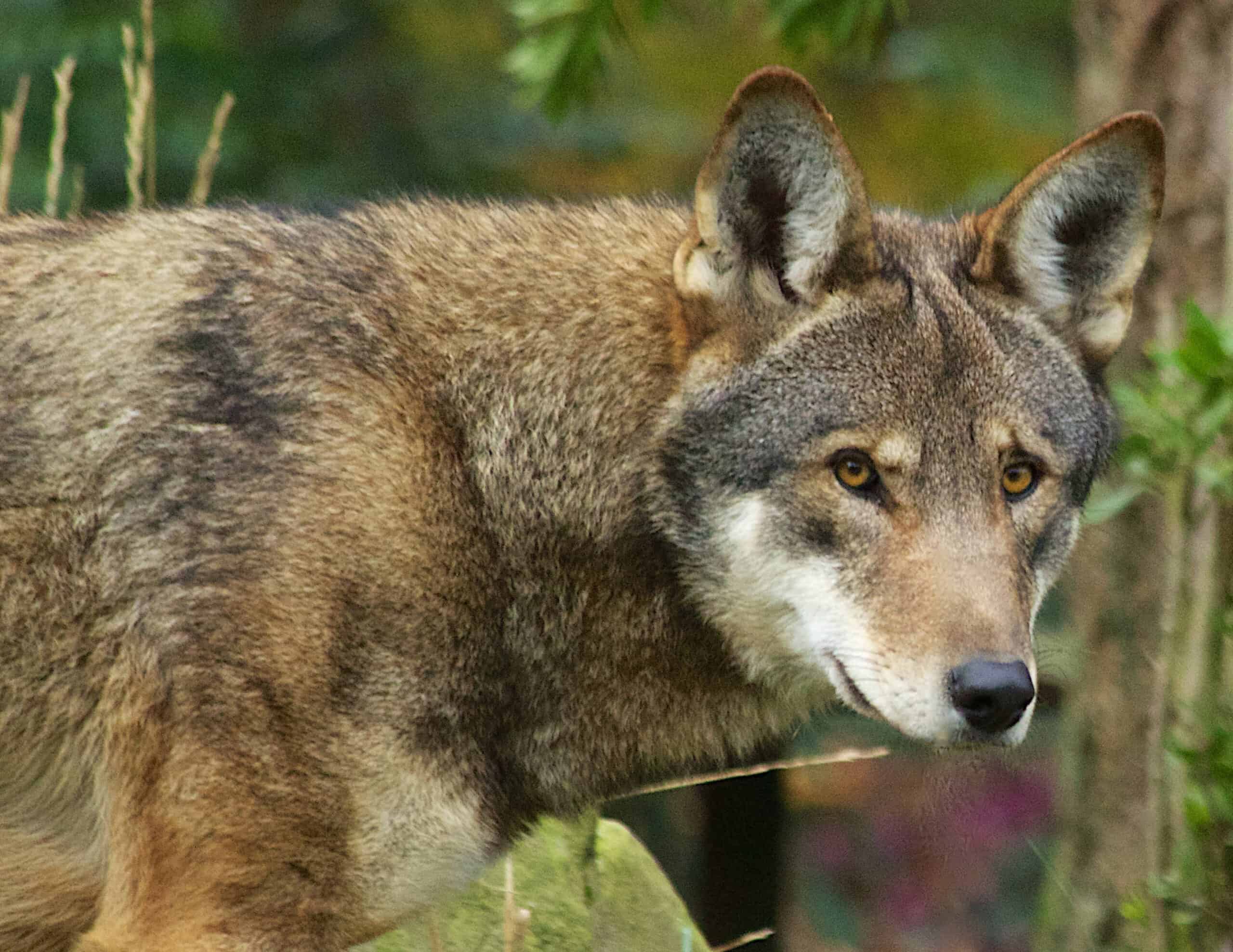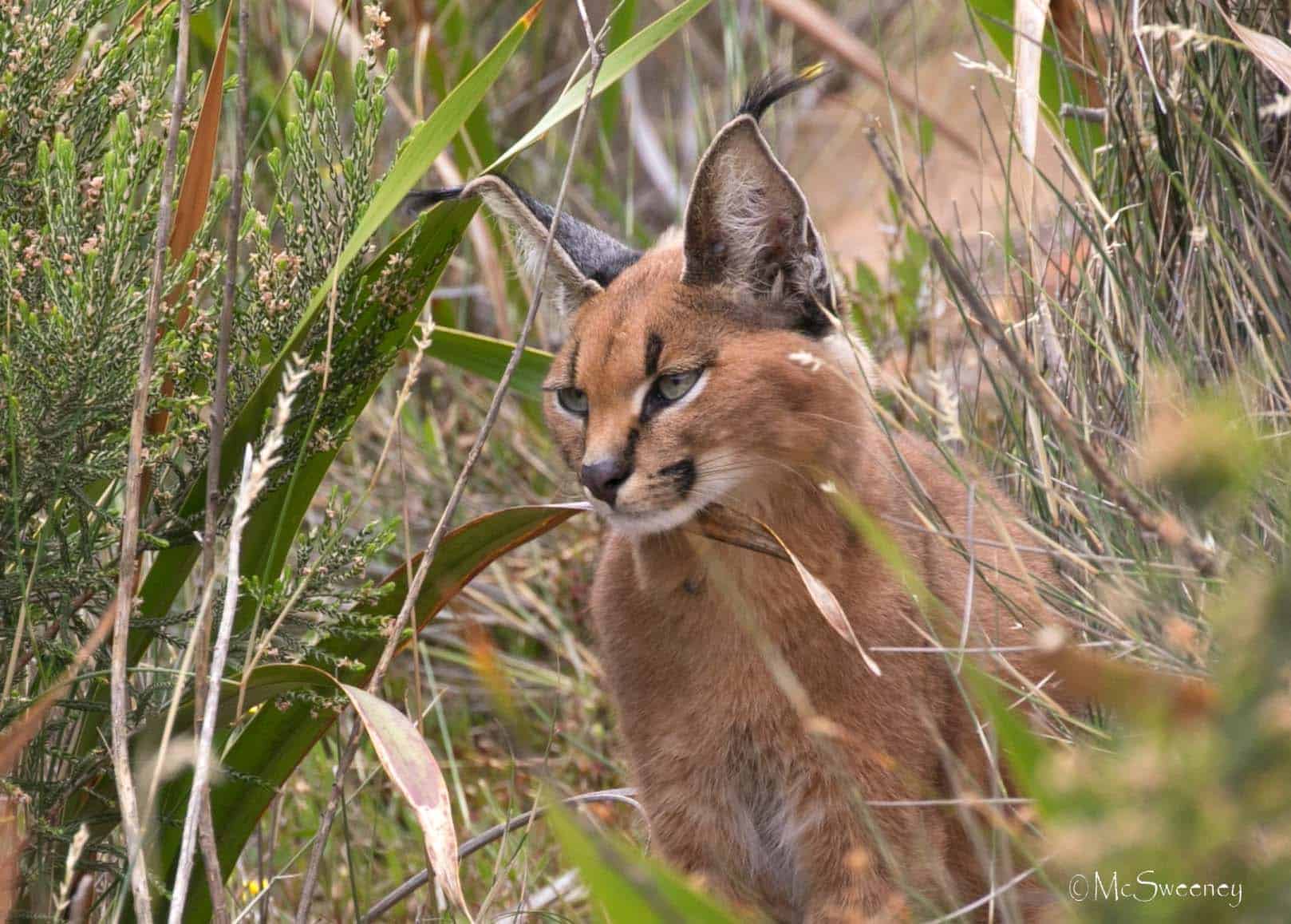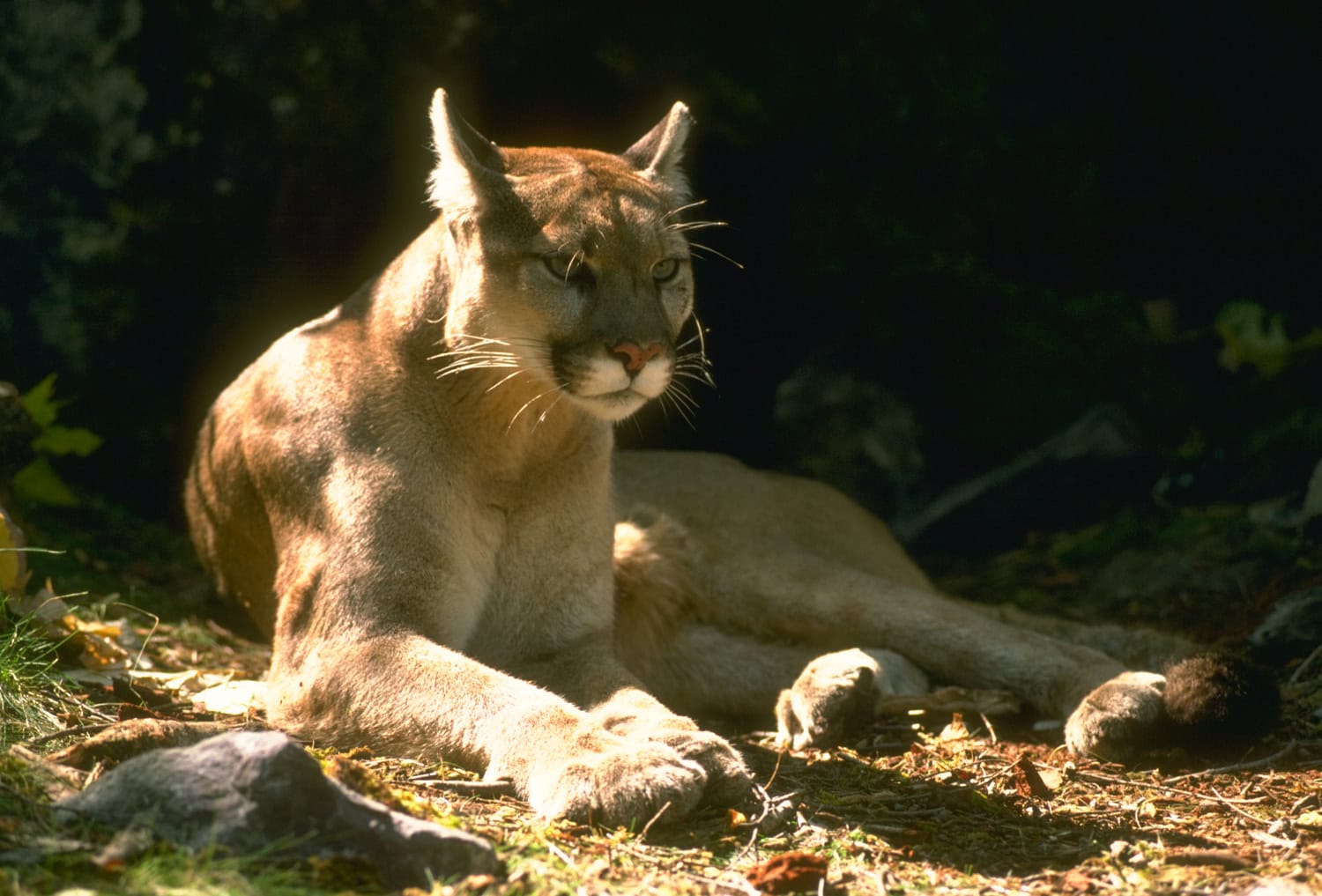Share this article
Wildlife Featured in this article
- Red wolf
- Peregrine falcon
- Arabian oryx
- Chinese giant salamander
- Brown bear
Q&A: Dealing with the human side of reintroducing wildlife
Taking people into account can improve outcomes for wildlife
To aid imperiled wildlife populations, managers often turn to translocations—moving animals from an area where populations are more abundant to another, where they are in trouble.
While some efforts—like translocating peregrine falcons (Falco peregrinus) in the U.S. and Arabian oryx (Oryx leucoryx) in the Arabian Peninsula—have been successful, others, like the reintroduction of red wolves (Canis rufus) in the southern U.S. have struggled.

Why do some translocation efforts succeed and others fail? In some cases, it may have less to do with wildlife and more to do with humans. Translocations can be controversial. They can affect the people who live and work around these animal populations. And people often play a big role in why populations decline to begin with.
In a study published recently in Nature Communications, researchers examined 305 translocation projects around the world. They found that most didn’t include human dimensions in their work, but those that did saw better outcomes.
We caught up with lead author Mitchell Serota, a PhD student at the University of California, Berkeley, to discuss the findings.
How did this paper come about? What made you look at the human dimensions side of translocations?
Our research group, the Middleton Lab at the University of California, Berkeley, primarily works within two ecosystems: the Greater Yellowstone Ecosystem and Patagonia. Over the past few decades, these ecosystems have witnessed significant wildlife recoveries, including the recovery of wolves, grizzlies, pumas and guanacos. Although these restoration efforts have achieved success in terms of population growth, they have also caused social and political turmoil.
While the significance of human dimensions—such as social, cultural, political, or economic factors—in conservation is widely acknowledged, there was no synthesis of how they have affected the hundreds of reintroductions and restoration efforts that have taken place in recent decades. What might we learn about the conditions that contribute to greater success of these efforts? Specifically, we wanted to quantify the impact of considering human dimensions on wildlife restoration outcomes.
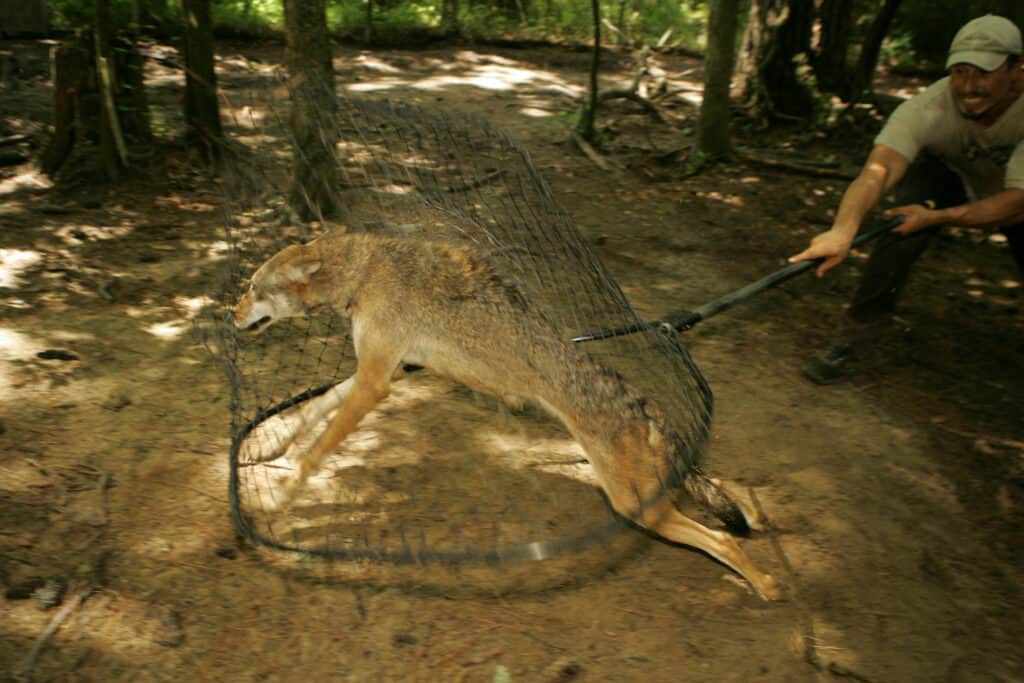
The projects you looked at were from the International Union for Conservation of Nature’s Global Re-Introduction Perspectives series. What is that, and why did you choose these?
The IUCN Global Re-introduction Perspectives series publishes case studies of the translocations of plants and animals from around the world. Importantly, each case study is presented in a standardized format, offering valuable insight into the goals, success, failures and lessons learned from individual projects from as early as the 1960s. This amazing collection of information allowed us to look to see which studies set objectives related to human dimensions, like education campaigns, training of local community members, economic benefits or increasing legal enforcement.

You found that not all projects had human dimensions objectives, but those that did had improved wildlife outcomes. Can you talk about that?
Less than half of the case studies included something human dimension-related when they were planning their projects, but many of them ended up identifying human-related challenges, like poaching or lack of community support, as important lessons learned. Translocation efforts that included local partners and explicitly set out to accomplish human-related objectives resulted in better outcomes for the wildlife population. Those case studies were more likely to report high rates of survival, reproductive success or even population growth within their targeted population.
Efforts to restore wildlife populations can be politically and socially divisive, and our study shows that long-term success of these projects depends on public support and local buy-in.

Were there particular instances that seemed most effective?
Our findings revealed that wildlife restoration efforts concerning mammals and birds, as well as species with a documented history of human-wildlife conflict, were more likely to incorporate human objectives into their plans. While we were only looking at how the incorporation of human dimensions impacted success, previous studies of wildlife translocations have found that reintroduction site quality, source population origin and the number of reintroduced individuals can all contribute to the success of a wildlife translocation.
Do any examples stand out?
A collaboration led by The Shaanxi Institute of Zoology, Memphis Zoo and Mississippi State University to reintroduce Chinese giant salamanders to the Shaanxi Province in China trained local community leaders to monitor recently released salamanders. Given that poaching poses a significant threat to Chinese giant salamanders, the project leaders primarily credited the success of the translocation to the strong local support and active monitoring by community members, effectively minimizing poaching incidents.
In the Trento Province of Italy, the local extinction of brown bears was largely attributed to human persecution. To address this issue for the translocation, the organizers of the project formed partnerships with the Hunting Association of the Trento Province, Trento WWF and other community members significantly impacted by the reintroduction, such as livestock producers and beekeepers. Through formal technical and administrative agreements, the collaborative efforts sought to foster coexistence and establish damage compensation schemes to mitigate any harm caused by the bears.
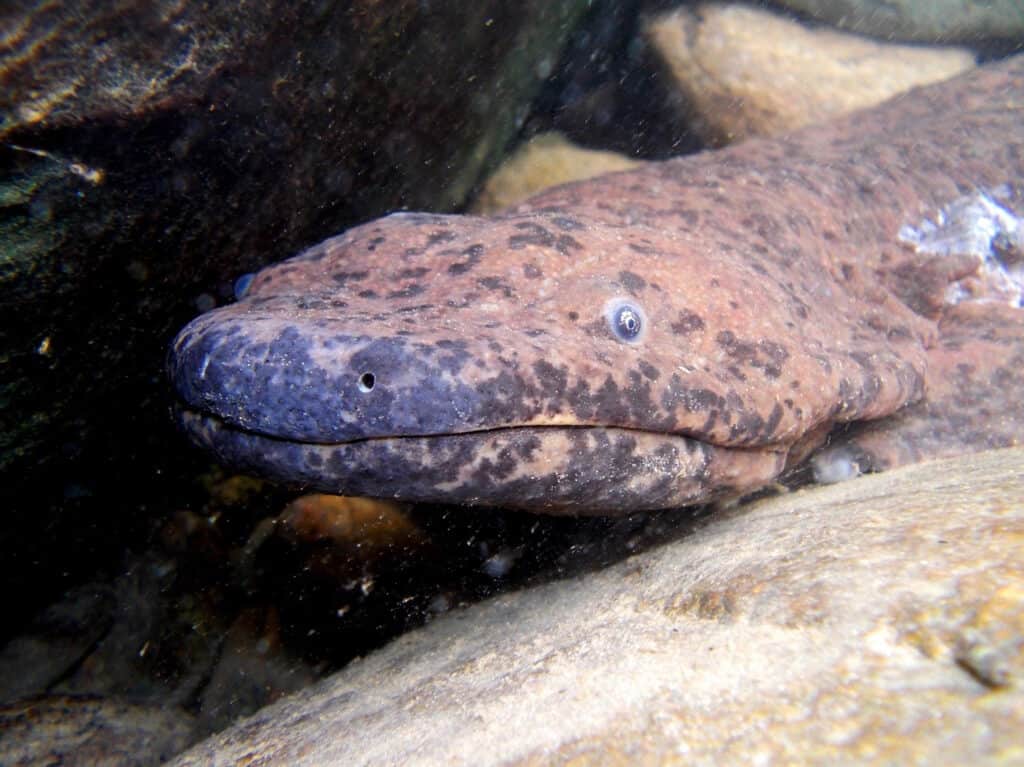
What are the lessons for wildlife managers?
Wildlife managers possess a keen understanding of the significance of human dimensions and their impacts on managed areas. Despite the widely acknowledged importance of human dimensions, the primary obstacles to integrating them into wildlife translocation efforts revolve around funding constraints, and sometimes, a lack of expertise in social sciences. We hope our work can be used as evidence for the importance of considering the human dimensions when managers apply for funding and seek collaborations.
Header Image: This red wolf was kept at the Point Defiance Zoo and Aquarium in Tacoma, Washington, as part of a program to reintroduce the endangered species into the wild. Credit: Rebecca Harrison/USFWS



